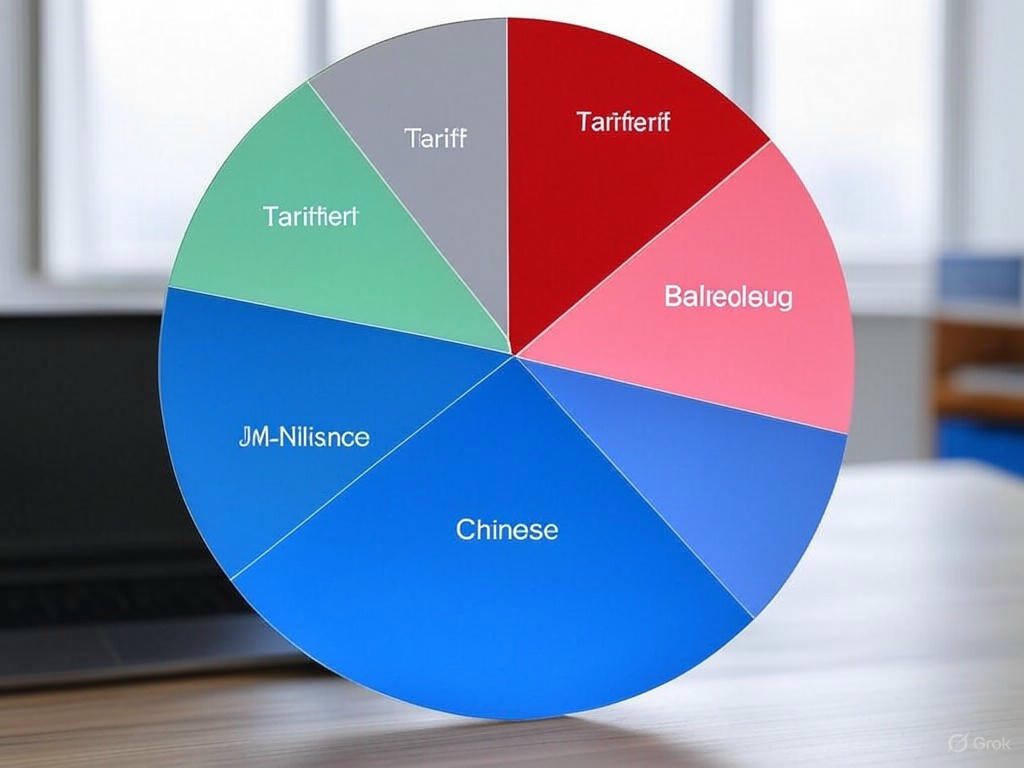The recent imposition of a hefty 55% tariff on Chinese imports by the United States has sent ripples through global markets, stirring debates among business leaders and policymakers alike. Announced as a measure to protect domestic industries and address trade imbalances, this bold move has significant implications for companies reliant on Chinese goods. While the tariffs are currently set in stone, a Trump administration official hinted at potential adjustments within the next six months, particularly concerning rare-earth materials, which are critical to tech and manufacturing sectors.
For businesses, the immediate impact of these tariffs is a sharp increase in costs for imported goods from China, ranging from electronics to industrial components. This policy aims to incentivize American firms to source domestically or from alternative markets, but the transition is neither quick nor inexpensive. Small and medium-sized enterprises, already grappling with supply chain disruptions, may find themselves squeezed the hardest. Retailers, for instance, could face the dilemma of absorbing higher costs or passing them on to consumers, risking reduced sales in an already competitive market. Meanwhile, industries dependent on rare-earth minerals—used in everything from smartphones to electric vehicle batteries—are holding their breath for clarity on whether export limits from China will force a reevaluation of these duties.
The possibility of a six-month review offers a glimmer of hope but also breeds uncertainty. If restrictions on rare-earth exports tighten, U.S. manufacturers might face severe shortages, prompting calls for strategic stockpiling or accelerated investments in alternative mining regions like Australia or Canada. However, such shifts require time and substantial capital, resources not all companies can muster overnight. Additionally, the geopolitical undertones of this tariff war cannot be ignored. As tensions between the two economic giants simmer, businesses are caught in the crossfire, forced to rethink long-term strategies while navigating short-term financial strain.
Looking ahead, the evolving nature of these tariffs underscores the need for adaptability in the corporate world. Companies must diversify supply chains, explore new trade partnerships, and invest in domestic production where feasible. Lobbying efforts are already underway, with industry groups urging policymakers to consider exemptions or phased implementations to cushion the blow. For now, the message from Washington seems clear: the tariffs are here to stay, at least temporarily. Yet, the hinted time limit on certain export categories suggests that flexibility might emerge, offering a potential lifeline to sectors most at risk.
As the six-month mark approaches, all eyes will be on how this policy unfolds and whether promised adjustments materialize. Until then, businesses must brace for higher costs and strategic pivots, balancing immediate survival with future growth. The U.S.-China trade saga is far from over, and its next chapter could redefine global commerce in unexpected ways. Staying informed and agile will be key for companies aiming to weather this economic storm.
